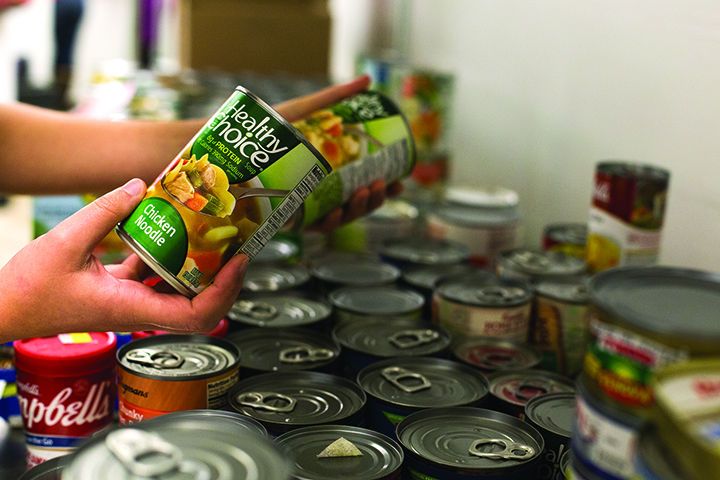Views expressed in opinion columns are the author’s own.
Everyone knows that a good progressive should want free education. College is wildly unaffordable, leaving many students with debts they will never be able to pay off. Any progressive also knows our education system is intertwined with systems of poverty, race, class and gender. Bernie Sanders’ promise to erase student debt and make college free for all is just one of the reasons so many college students support his run for president.
But what can we do to make college more accessible before we get to the point of free education? While we need systemic change to make the education system work in favor of those who are silenced and marginalized, schools themselves still have the ability to make higher-education more accessible, if they’re actually willing to do it.
Recently, a couple examples of small-scale programs have emerged that can help make a college education more accessible to typically excluded populations: Earlier this week, the University of Maryland’s Graduate Student Government dedicated $1,250 of its budget to providing meals at the dining halls to grad students experiencing food insecurity. This program follows a similar Student Government Association program implemented in 2018.
While this doesn’t seem like a lot of money, and it’s certainly not enough to help every student who needs it, it’s these kinds of small-scale programs that can really make a difference to improve accessibility in college. The program is in partnership with Dining Services, which is allowing GSG to purchase meals at a significantly discounted rate. What if the administration of this university actually prioritized programs like this?
We have organizations like the university’s Campus Pantry, but their objective is to distribute “emergency food,” not sustain students for entire semesters. The dining halls at this university produce an enormous amount of food – investing in more programs like the GSG’s could allow us to reduce our food waste and make college a more viable option for low-income populations.
Another example of a small way we can make college more accessible is the annual “A College Education is Within Your Reach” event that was held in Stamp Student Union last weekend. This was a workshop – conducted in Spanish – covering college admissions and financial aid for PGCPS parents and students. While it may seem insignificant, language remains a major barrier to receiving a college education in the United States.
A workshop such as this makes it easier for Latina/o students to navigate the system of college and financial aid application — which can often feel like they aren’t in English, even for native speakers. Again, this is a small-scale event helping local populations, but universities can invest in these kinds of programs more broadly and help alleviate the burden on minority students struggling through a system that doesn’t seem to particularly care about them.
There are plenty of other ways colleges can make themselves more accessible , but it’s just a matter of actually investing the money. When we put profits over students and actually sharing and producing knowledge — which is presumably the purpose of higher education in the first place — we fail our society. We keep higher education open to the elite while pretending that our society is a meritocracy where anyone can succeed just by working hard. Until we get widespread changes to our college education system, universities should bear the responsibility of making themselves more accessible.
Liyanga de Silva is a senior English and women’s studies major. She can be reached at liyanga.a.ds@gmail.com.



